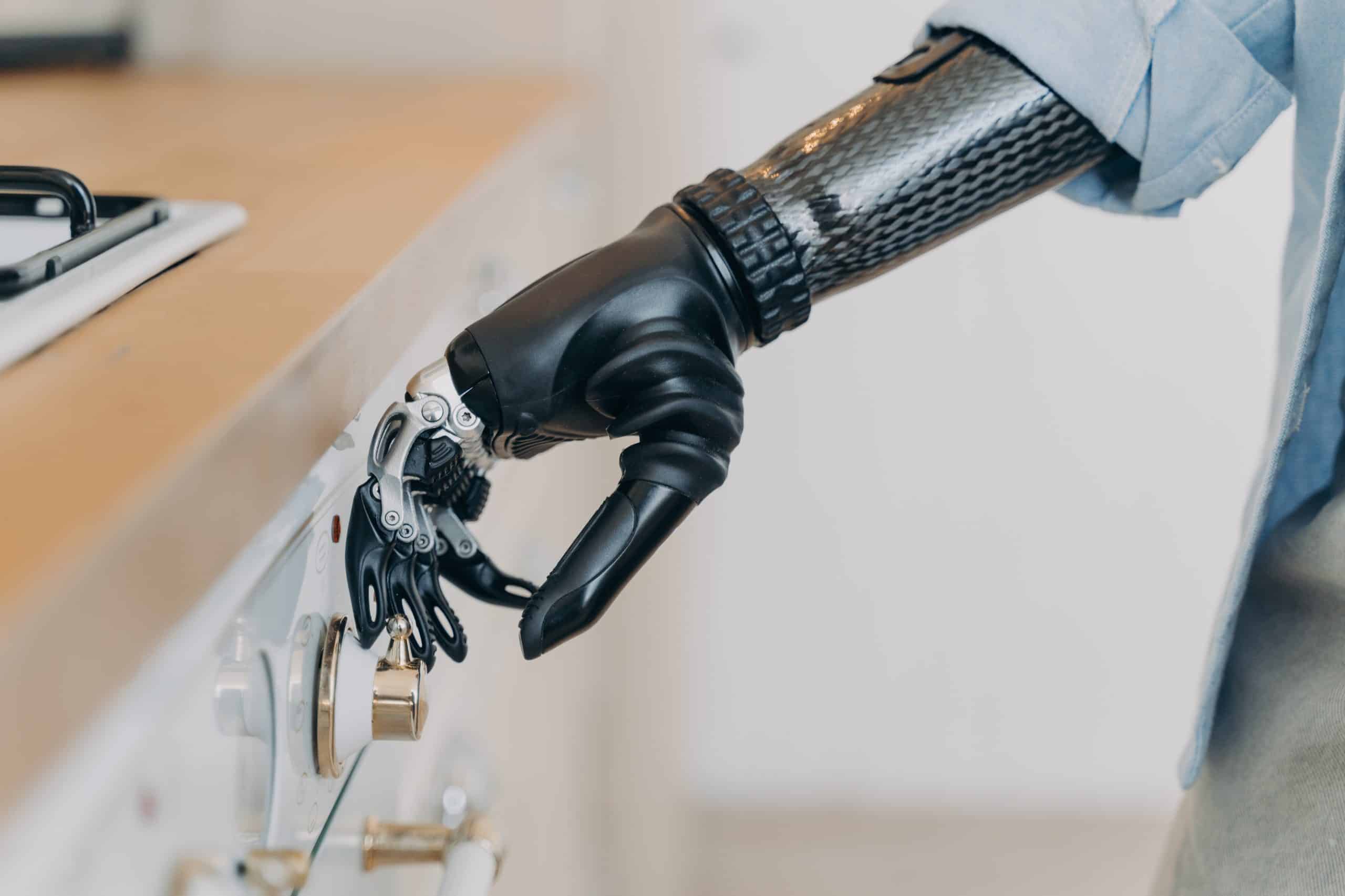The new project is seeking to provide robots with enhanced capabilities, improving motor skills and dexterity.
A research project into advanced sensors for robotic systems could potentially improve prosthetics and robotic limbs considerably.
The new project is seeking to provide robots with enhanced capabilities, improving motor skills and dexterity.
This will be done by using highly accurate pressure sensors that provide haptic feedback and distributed touch.
The project is led by the University of the West of Scotland (UWS), Integrated Graphene Ltd, and supported by the Scottish Research Partnership in Engineering (SRPe) and the National Manufacturing Institute for Scotland (NMIS) Industry Doctorate Programme in Advanced Manufacturing.
Even state-of-the-art prosthetics and robotic limbs can be frustrating to use.
Simple tasks, like holding a cup, are carried out from the human brain receiving a constant stream of information.
However, some of the most advanced prosthetic limbs do not provide this type of feedback.
”For robots to reach their full potential, accurate pressure sensors, capable of providing greater tactile ability, are required,” said Professor Des Gibson, Director of the Institute of Thin Films, Sensors and Imaging at UWS.
This new project will use sensors made from 3D graphene foam, which gives unique capabilities when under mechanical stress.
“Within robotics and wearable electronics the use of pressure sensors is a vital element, to provide either an information input system, or to give robotic systems human-like motor skills,” said Dr Carlos Garcia Nunez, School of Computing Engineering and Physical Sciences.

“An advanced material like 3D graphene foam offers excellent potential for use in such applications, due to its outstanding electrical, mechanical and chemical properties.”
A piezoresistive approach will be used, meaning the material dynamically changes its electric resistance when put under pressure.
Marco Caffio, co-founder and Chief Scientific Officer at Integrated Graphene said this could have a huge effect on robotics and they ways it can be used.
“Gii, our novel 3D graphene foam, has the capability to mimic the sensitivity and feedback of human touch, which could have a transformative impact on how robotics can be used for a whole range of real-world applications from surgery to precision manufacturing,” he said.
“We know the unique property of Gii makes it suitable for use in other applications like disease diagnostics and energy storage, so we’re always very excited to be able to demonstrate its flexibility in projects like this one.”
It’s hoped that the sensors will be developed for wider use in robotic systems, after their sensitivity is further increased.





